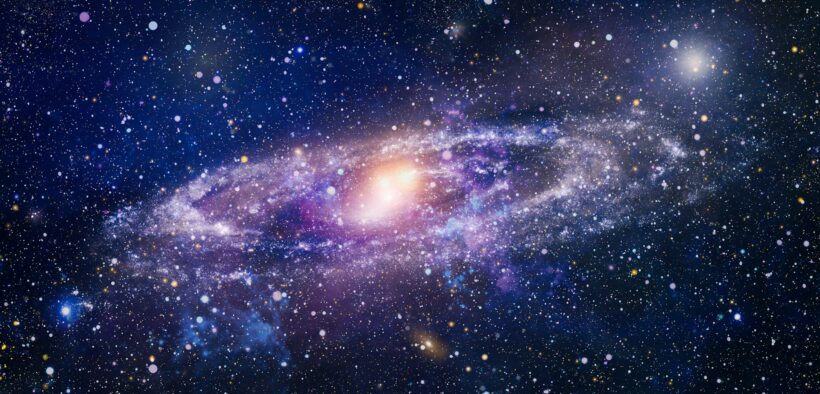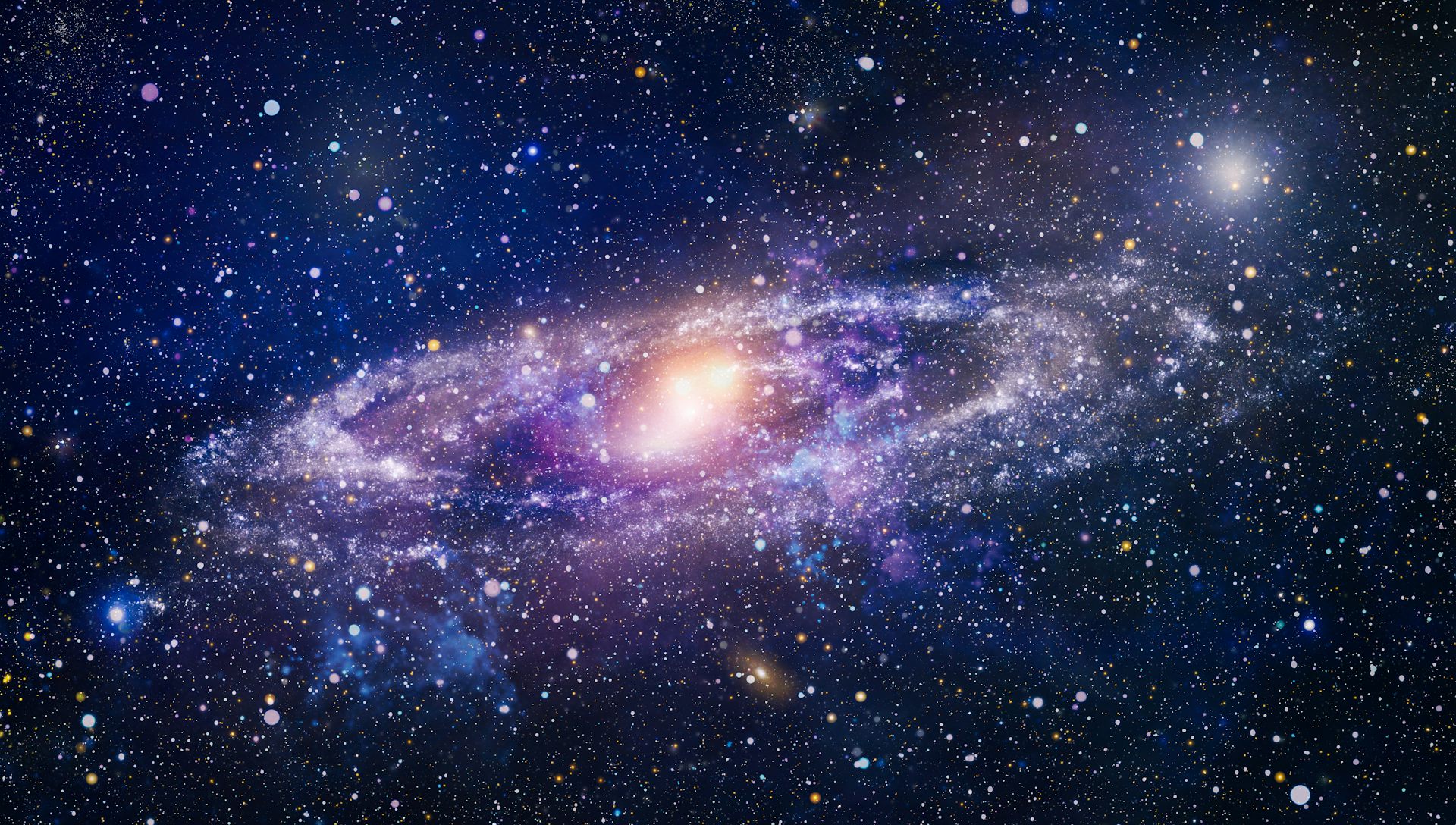Ancient Baby Galaxy Is Caught In The Web
Share

How do galaxies, like our personal huge, majestic, megastar-splattered Milky Way, form, and how do they evolve through time? When we gaze in surprise upon the night sky above our planet, we see that it’s miles incredible with the distant fires of a host of superstars. However, the Universe’s maximum is dark, made up of individual, transparent cloth, the identification of which constitutes one of the most profound and bewitching of all mysteries.
In August 2015, a group of astronomers led by the California Institute of Technology (Caltech) in Pasadena, California, announced the invention of a big, whirling disk composed of fuel very far off, 10 billion light-years away. This captivating, bewildering, fascinating historic structure is thought to be a galaxy-in-the-making–and it’s far actively being fed nutritious components of cool, pristine, primordial fuel that may be traced back to the very starting–the Big Bang start of the Universe nearly 14 billion years in the past, and its discovery sheds new light in this high-quality and profound thriller.
Using Palomar Observatory’s Cosmic Web Imager (CWI), designed and constructed by Caltech, astronomers could image the remote protogalaxy. They observed that it’s a filament of the intergalactic medium—the outstanding Cosmic Web, built of diffuse fuel and weaves its way among galaxies and extends throughout the Universe.

The large Cosmic Web is a large-scale, web-like shape embellished with the starry, luminous fires of galaxies. It is the notion that it performed the main function within the evolution of galaxies that happened long ago and far away inside the historic Universe—only some billion years after the Big Bang.
How galaxies and counts are disbursed within the Universe is not random. Up to the existing time, the distribution of galaxies resembles a great network–the obvious Cosmic Web of ghostly invisibility– an atypical obvious shape flecked with infinite stars. This bizarre, ghostly internet has denser areas composed of surprising organizations and clusters of galaxies. There also are areas that are almost–however, not empty–which might be the cosmic voids. The filaments link the areas of best density, like bridges connecting the densest regions of the Cosmic Web. This filamentary shape has been compared to threads woven into the internet.
Galaxies located in regions of lesser density can actively give birth to extraordinary, new infant stars (protostars). In an evaluation, galaxies in denser areas supply birth to their stellar population much more slowly. Our own Milky Way Galaxy is located in a region of lesser density.








